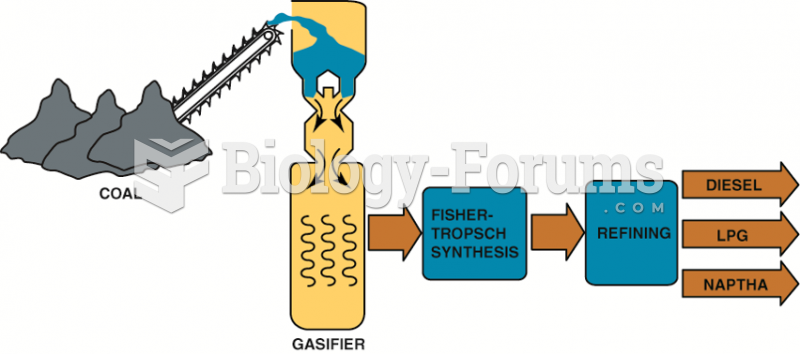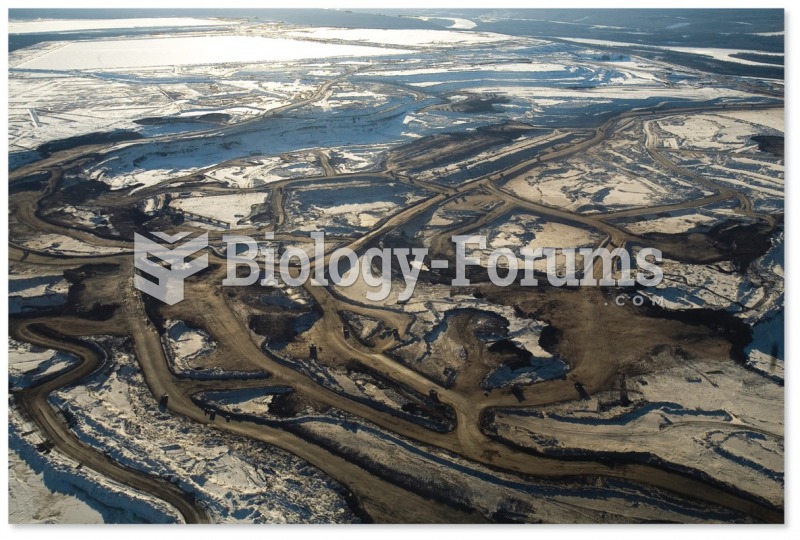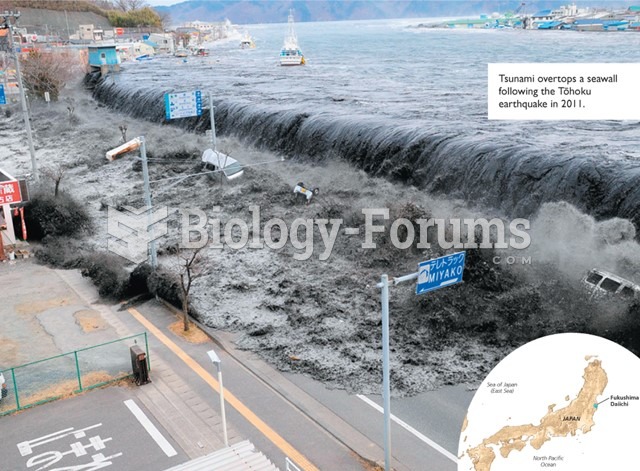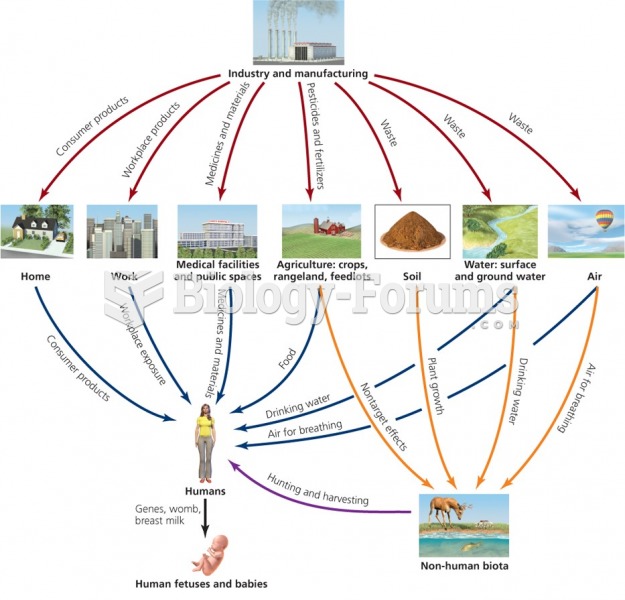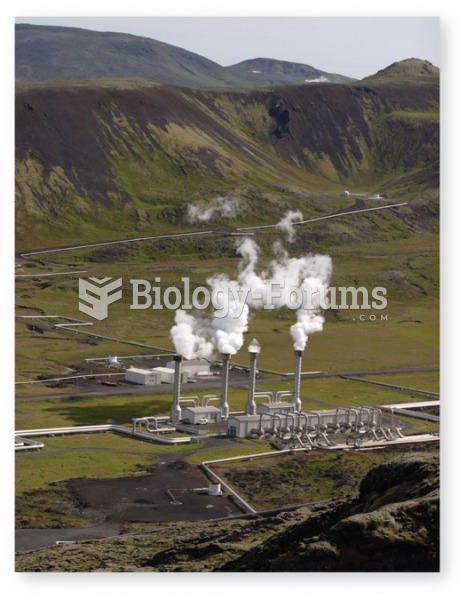Answer to Question 1
Homes: Homes were heated originally with wood. In the industrialized world this changed with the beginning of the Industrial Revolution. Coal became a dominant method of home heating. In the 1950s this changed to electricity, oil, and natural gas.
Industrial: At the start of the Industrial Revolution, wood was used to fuel the steam engine. When wood resources were depleted, coal was substituted. (This transition was not without social and economic disruption.) The transition to coal was complete by the end of the 1800s, and the dominance of coal as a fuel did not end until the 1940s.
Transportation: Wind (ships) and horses were the primary method of transportation until the Industrial Revolution. Trains became an important mode of transportation; wood and then coal were used initially. Ships are powered by fossil fuels. Petroleum, primarily in the form of gasoline, has dominated transportation since the 1940s.
Answer to Question 2
The three components of a nation's wealth are produced capital, natural capital, and intangible capital. Produced capital is the human-made buildings and structures, machinery and equipment, vehicles and ships, monetary savings and stocks, highways and power lines, and so forth that are essential to the production of economic goods and services. Natural capital refers to the goods and services supplied by natural ecosystems and the mineral resources in the ground. Intangible capital is divided into three elements. The first is human capital, which refers to the population and its physical, psychological, and cultural attributes. The second element, social capital, is the social and political environment that people create for themselves in a society. The third element is knowledge assets, which is the codified or written fund of knowledge that can be readily transferred to others across space and time.
If you refer to Table 2-1, you can see that although natural capital often ranks third in most countries, this does not mean that it is less important than human resources or produced assets. In particular natural capital plays a more important role in low-income countries, as they develop and become more dependent on their natural resources, than in wealthier countries.



